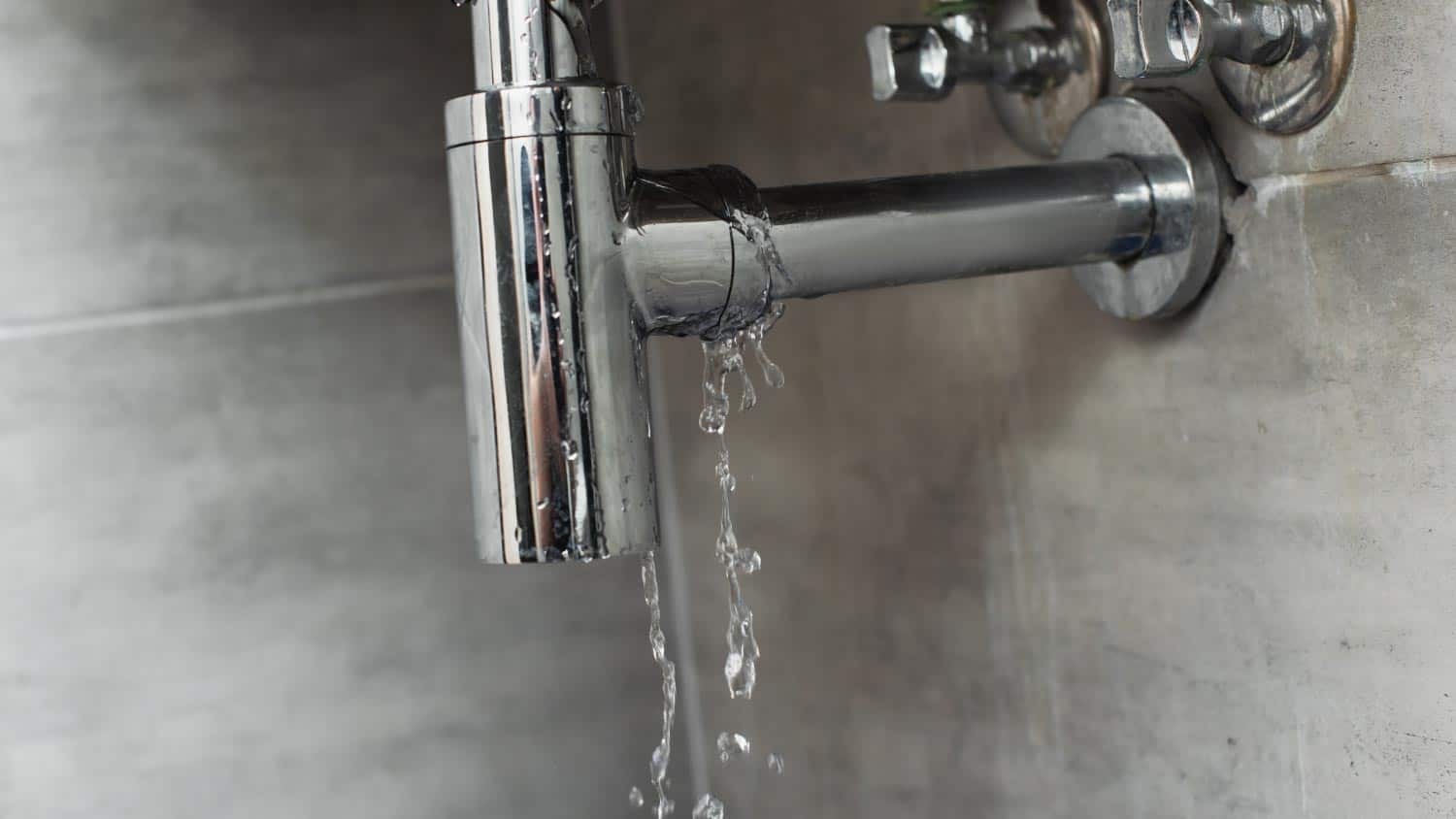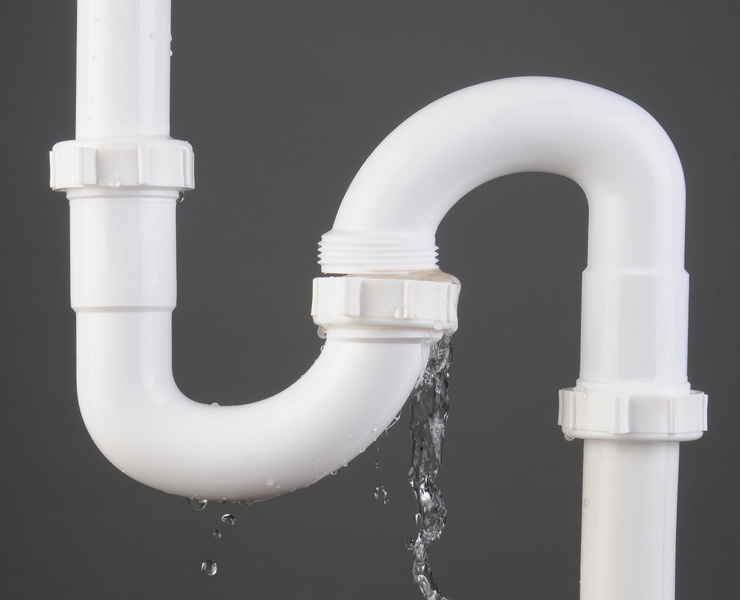They are making a few great points on Leaking water lines as a whole in this content down below.

Early detection of leaking water lines can minimize a prospective catastrophe. Some small water leaks may not be noticeable.
1. Check Out the Water Meter
Checking it is a guaranteed method that assists you discover leaks. If it moves, that indicates a fast-moving leakage. This suggests you may have a slow-moving leakage that could also be below ground.
2. Inspect Water Usage
If you detect abrupt modifications, regardless of your usage being the very same, it indicates that you have leaks in your plumbing system. An unexpected spike in your expense indicates a fast-moving leakage.
Meanwhile, a consistent rise each month, despite having the exact same behaviors, shows you have a slow leak that's also slowly intensifying. Call a plumber to completely inspect your residential or commercial property, specifically if you feel a cozy location on your floor with piping underneath.
3. Do a Food Coloring Examination
When it pertains to water usage, 30% originates from commodes. Examination to see if they are running effectively. Drop flecks of food shade in the tank and also wait 10 mins. If the shade somehow infiltrates your bowl throughout that time without flushing, there's a leak in between the container and also dish.
4. Asses Outside Lines
Do not fail to remember to inspect your exterior water lines also. Test faucets by affixing a yard hose. Needs to water seep out of the link, you have a loosened rubber gasket. Replace this and also ensure all connections are limited. If you've got a lawn sprinkler, it will assist get it professionally took a look at as well as kept annually. One small leak can squander lots of water as well as surge your water expense.
5. Evaluate the scenario as well as examine
Property owners need to make it a practice to inspect under the sink counters and even inside closets for any kind of bad odor or mold and mildew growth. These 2 red flags suggest a leak so timely focus is needed. Doing routine examinations, even bi-annually, can conserve you from a significant issue.
Check for discolorations and damaging as a lot of pipelines as well as home appliances have a life span. If you presume leaking water lines in your plumbing system, don't wait for it to rise.
Early detection of dripping water lines can mitigate a prospective disaster. Some small water leakages may not be visible. Inspecting it is a proven means that aids you find leaks. One tiny leakage can lose heaps of water as well as surge your water bill.
If you believe dripping water lines in your plumbing system, don't wait for it to escalate.
How to Know If Your Home Has a Hidden Leak
Water Meter Reveals Inexplicable Water Usage
If you’d like to test whether or not there’s a leak somewhere in your home, you can do this using your water meter. Here is how to conduct the test:
Don’t use any water in your home for at least 30 minutes; this also means not turning on faucets or water-using appliances.
Go outside, and check your water meter for activity.
If your water meter shows that there was activity, even though no one was using any water, this proves that there is a leak in your home.
Visible Mold or Mildew Growth
Leaks behind walls create moist, dark environments that allow mold and mildew to grow and thrive. Eventually, you might see mold growth forming on the wall closest to a hidden leak.
If mold is growing in an area that receives a high amount of moisture, such as a bathroom, it may simply be an indication that better ventilation is needed. However, if you see mold growth on a wall or the ceiling in an area where you would not expect, you probably have a hidden leak.
Musty, Mildew Odor
Sometimes you might not be able to see the mold or mildew that is growing as a result of a leak. However, the smell can give the problem away just as easily. If you catch a whiff of something musty, there’s a good chance that old water is collecting somewhere in your home that you can’t see.
Stained/Warped Walls, Ceilings, or Floors
When your home soaks up water, a variety of red flags can become visible, including ceiling stains, bubbling drywall, warped walls, and sagging floors. While these issues can be caused by excess humidity, they can also be signs that a pipe or plumbing connection has started leaking behind your walls.
Inexplicably High Water Bill
After a while, you get a general sense for what your water bill should be. If you own a pool or sprinkler system, your bill will tend to be higher during summer. However, if you receive a water bill that seems especially high, and you can’t figure out what caused it, then you may have a hidden leak somewhere that’s increasing your bill.
https://www.plumbingjoint.com/blog/2019/july/how-to-know-if-your-home-has-a-hidden-leak/

Hopefully you enjoyed our post about Finding hidden leaks. Thanks for taking the time to read our short article. Do you know somebody else who is fascinated by Detecting hidden plumbing leaks? Please feel free to share it. Thanks a lot for your time spent reading it.
Comments on “Exactly how to Locate and Repair Service Water Leaks-- A Comprehensive Overview”